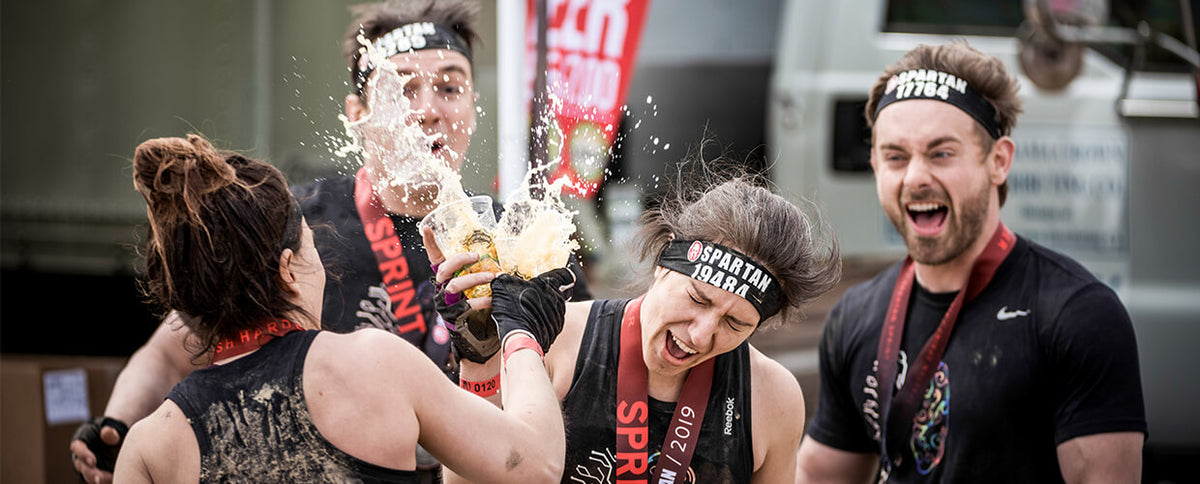Why Does Beer Taste So Good After a Workout?

Not everybody can relate, but for those of us who do, the effect is real: Sweating it out on a hot day makes a cold beer after a workout taste like life-affirming nectar from the gods.
Logically, you’d expect water to be the beverage you crave most. It’s the best hydrator, after all. So why beer? Well, it’s partly psychological: If you’re already a drinker, you probably associate beer with happy times. And finishing a hard race or run presents a fantastic opportunity to celebrate.
But that’s not all that beer has going for it. In fact, there’s a scientific reason why you prefer it to water.
Related: 5 Best Summer Beers for Athletes
Research Says It's in the Bubbles
Thankfully, thirst science is a thing, and thirst science knows why you crave some beverages over others. A 2016 study from the Monell Chemical Sciences Center in Philadelphia found that cold and carbonated beverages quench your thirst more effectively than flat, room-temperature beverages.
The researchers deprived participants of liquids the night before the study, and then gave them four types of water: room temperature and cold, both with and without carbonation. Afterward, participants were allowed to drink as much room-temperature water as they wanted. Participants who were given cold, carbonated water in the priming phase drank the least room-temperature, non-carbonated water in the follow-up, which means that coldness and carbonation made water better at quenching thirst, even though they do nothing for hydration.
A Hyper-Signal to Your Stomach
The cold and carbonation combine to make your body aware that you’re filling it with liquids, says the study’s co-author, Paul Breslin, Ph.D. Your 97-degree stomach goes on high alert when you fill it with a 40-degree beverage. And carbon dioxide — the source of beer’s bubbles—adds a biting sensation, which causes harmless irritation as it passes the tissues in your mouth and throat. “That’s a hyper-signal that you’re filling up your stomach,” says Breslin.
The paradox here is that beer is actually less hydrating than water. It contains carbohydrates, which displace a small amount of H20, and alcohol, which acts as a diuretic. But the combination of ice-cold temps and effervescent bubbles makes it feel like the ultimate thirst quencher. This is especially true for lagers, which have high carbonation and are super cold — 33 to 40 degrees, according to the American Homebrewers Association. So, a beer after a workout just seems refreshing.

But Will a Beer After Your Workout Undo Your Gains?
First, know that you’re in good company: A national survey of more than 230,000 alcohol consumers found that drinkers exercise more than abstainers. (Interestingly, heavy drinkers reported the most physical activity.)
Still, avoid binging. An academic report from the journal Sports Medicine notes that alcohol can inhibit muscle growth and recovery. But at levels lower than 1 gram of booze per 4.4 pounds of bodyweight, no such effects are likely. A standard 5 percent ABV beer delivers about 14 grams of alcohol per 12-ounce serving. So, a 180-pound person can handle nearly 3.5 cans before recovery suffers. But hey, less is cool, too.
Athletic Brewing Co. is donating a portion of all online sales to the Restaurant Employee Relief Fund to support industry employees directly affected by COVID-19. Place your order today at athleticbrewing.com and get 20% off your first order with code UNBREAKABLE20.




